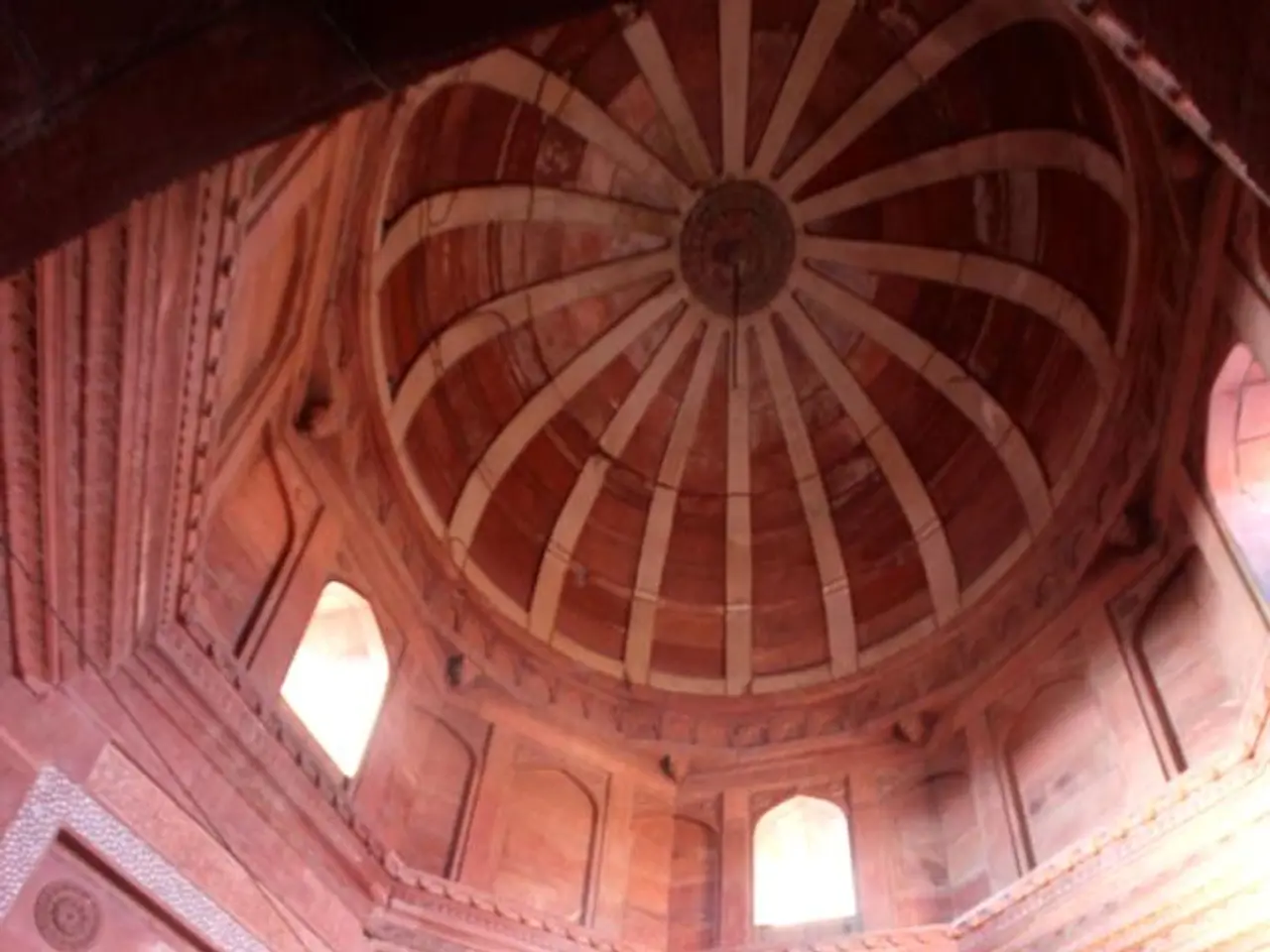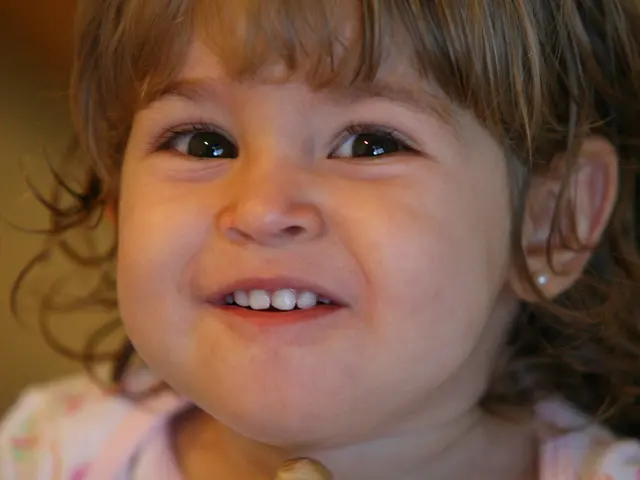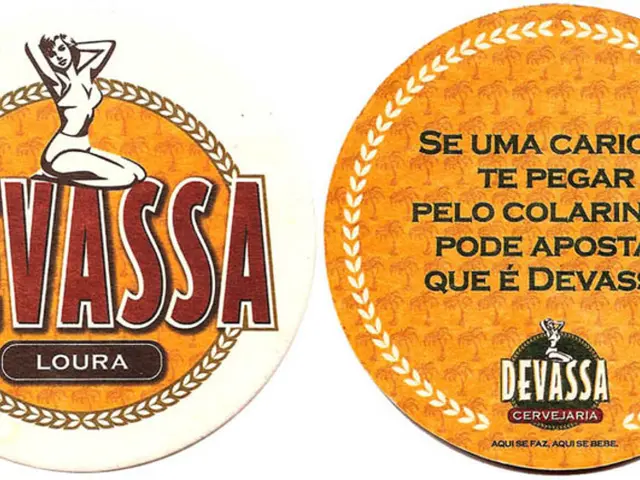Revival of Yesteryear Elegance: Contemplating the Resurgence of 1980s Interior Design Trends
The 1980s, a decade marked by bold self-expression, economic prosperity, and a culture of excess, left an indelible mark on interior design. Icons like Madonna and Michael Jackson influenced trends with their bold fashion choices, and this spirit extended to homes, as interiors were characterised by a vibrant mix of colours, patterns, shapes, and textures.
The 1980s also saw the introduction of home electronics and entertainment centers, which became a focal point in many living spaces. However, modern interiors prioritise the unobtrusive blending of technology, with a preference for seamless and sleek incorporation of smart home technology.
Memphis Design Movement, with its unapologetic use of vibrant colours, geometric forms, and stark asymmetries, was popular during the 1980s. In contrast, modern maximalism, which resurfaced in the 2020s, uses bold colours and patterns more refined and balanced, injecting personality while maintaining a cohesive aesthetic.
The Bonaventure Hotel in Los Angeles, completed in 1976, became an icon during the 1980s due to its futuristic and high-tech design, mirrored glass exterior, cylindrical architecture, and revolving rooftop lounge. Its frequent appearances in films and TV shows throughout the 1980s further cemented its status as a cultural and design landmark in the heart of Los Angeles.
Trump Tower in New York City, completed in 1983, is an iconic example of 1980s interior design, embodying overstated luxury and excessive grandeur. The lobby features an impressive atrium, a 60-foot waterfall, polished brass surfaces, and extensive pink marble detailing.
Cable television and home video recorders brought interior design inspiration directly into living rooms during the 1980s. This decade embraced a "more is more" philosophy, with design decisions being personal and unfettered.
However, considering modern aesthetics, consumer culture, sustainability, and health and wellness trends, a full 1980s interior design revival in 2024 would likely conflict with modern demands for sustainability, flexibility, and wellness.
There is a clear resurgence of retro and 1980s-inspired elements such as bold upholstery, vibrant colours, and unique textures making a comeback in 2025 interior design trends. Designers are blending these nostalgic touches with contemporary sleekness to create lively, personalised spaces that evoke vintage charm without feeling outdated.
Today’s consumers favour flexible, functional spaces that adapt to evolving lifestyles, a principle somewhat at odds with the more static, compartmentalised rooms typical of the 1980s. Modern designs emphasise "flex spaces" that serve multiple purposes over time, such as home offices or workout areas, reflecting contemporary needs for versatility.
The 1980s aesthetic was not known for sustainability, often focusing on synthetic materials and mass consumption. In contrast, 2024 prioritises eco-friendly materials, longevity, and resource efficiency in interior design. Incorporating 1980s style today requires careful selection of sustainable alternatives, such as using bold colours and patterns in eco-conscious fabrics and recyclable furnishings, to align with modern environmental values.
Contemporary interior design increasingly emphasises natural light, indoor-outdoor integration, air quality, and biophilic elements to improve well-being. While 1980s styles tended toward heavy textures and sometimes dark, enclosed spaces, modern adaptations should balance retro aesthetics with openness and connection to nature, for a healthier living environment.
In essence, 1980s interior design motifs can make a comeback, but best as inspired accents within forward-looking, adaptive, and eco-friendly home environments. This blend offers nostalgic charm while embracing the practical and ethical priorities of today's consumers.
There is also a growing interest in vintage and upcycled furniture from the 1980s, driven by both environmental consciousness and a nostalgic appreciation for the designs of the era. The economic boom of the 1980s fueled consumerism, leading to a surge in the popularity of designer brands and high-end furniture. The Versace Mansion in Miami, purchased in the early 1990s by fashion designer Gianni Versace, showcases 1980s luxury design trends with its intricate mosaics, gold trimmings, circular forms, and opulent fabrics.
In conclusion, while a full revival of 1980s interior design may not be feasible or desirable, selective retro elements can enhance contemporary interiors when reinterpreted thoughtfully. This approach offers a balance between nostalgia and modernity, catering to the preferences of today's consumers while paying homage to the bold and vibrant spirit of the 1980s.
- In contrast to modern interiors, the 1980s saw a preference for boldly showcasing home electronics and entertainment centers, with these becoming focal points in many living spaces.
- While the Memphis Design Movement of the 1980s embraced bold colors, geometric forms, and stark asymmetries, modern maximalism revived in the 2020s uses bold colors and patterns more refined and balanced, injecting personality while maintaining a cohesive aesthetic.
- Cable television and home video recorders brought design inspiration directly into living rooms during the 1980s, allowing for a "more is more" philosophy in design choices, characterized by personal and unfettered expressions.
- However, considering modern aesthetics, consumer culture, sustainability, and health and wellness trends, a full 1980s interior design revival in 2024 would likely conflict with modern demands for sustainability, flexibility, and wellness.
- Incorporating 1980s style today requires careful selection of sustainable alternatives, such as using bold colors and patterns in eco-conscious fabrics and recyclable furnishings, to align with modern environmental values, thus offering a balance between nostalgia and modernity in contemporary interiors.




